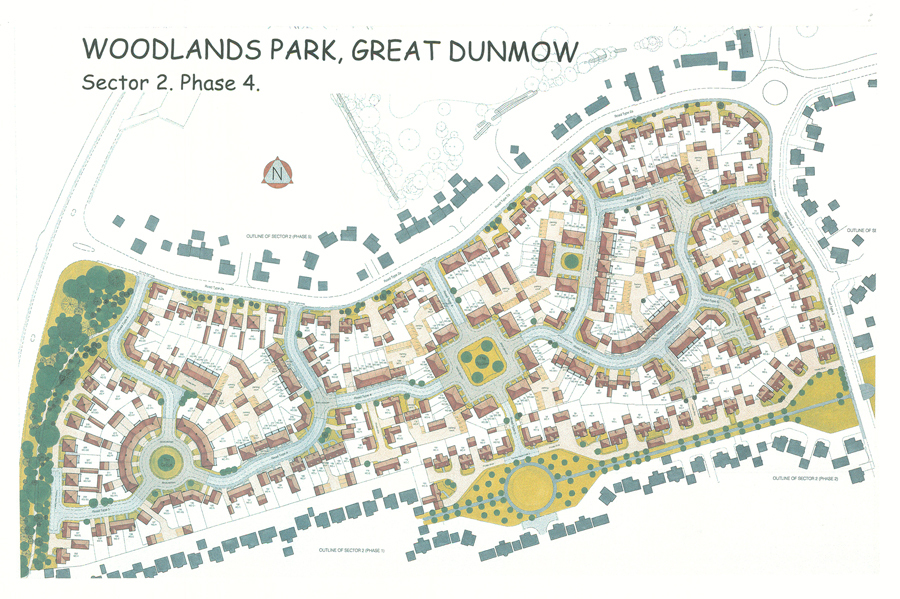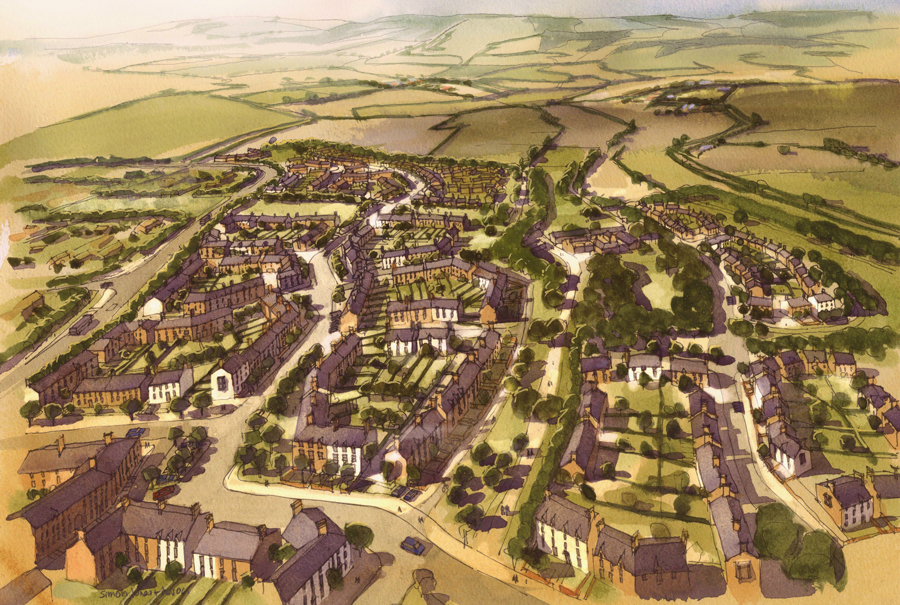Opportunities in land planning and development
8th April 2021
Nick Harper, of chartered surveyors Hawkspur, explains options on making money from land you don’t own, biodiversity net gain for development, and more.
The Environmental Bill should become law by the year end and this will offer real opportunities for landowners with land that has little prospect of development, but with potential for environmental enhancement. The law will oblige developers to assess the biodiversity value of a site against a metric and to demonstrate that once developed, its biodiversity value has increased.
If not, then they will have to compensate for this by either (a) providing off-site land that can be environmentally enhanced or (b) buy government credits. Option (a) presents the opportunity for the rural landowner to provide their land to developers in return for payment and a commitment to:
-
- Enter into a contract for at least 30 years for the site. This will be secured either by way of a S.106 Agreement or a Conservation Covenant.
- Manage the site in accordance with pre-determined guidelines or allow a third party to do so.
The sum payable to the landowner will relate to the management works required and can be a capital sum and/or a management fee. In fact, biodiversity offsetting has been around for years. Representing a landowner/developer, I recall some 10 years ago having to agree to pay an adjoining landowner for the use of their land to offset lost environmental land being used for a commercial development in Kent. In this case, the sum paid equated to more than the freehold agricultural value of the land – but it will no doubt depend on market forces.
When the Developer comes a’knockin – Option or Promotion Agreement?
I have written much about the pros and cons of different development agreements (see HERE for the latest) and while both can yield success for landowners, promotion sometimes has the edge in terms of alignment of interests with the landowner.
One matter often overlooked by clients is tax. Seeking specialist tax advice at the outset, whether IHT or CGT (preferably before a development agreement is signed) could save the landowner significant sums.
Other important issues relate to requiring a minimum payment to the landowner when the land is sold and capping the developer’s deductible costs. A minimum receipt to the landowner ensures the land isn’t sold cheaply and insisting on clauses for overage and clawback can allow the landowner to share in any future uplift in values of the site even once it has been sold.
The development land market
As things stand at present, there remains a shortage of sites with planning permission and this is underpinning prices paid by house-builders to landowners for their development land. This applies whether small or large sites, although there is particular interest in sites with permission for say 50 houses up to around 300-400 units. It will be interesting to see how the land market reacts to the tapering of the stamp duty holiday in September, the ending of the furlough scheme, interest rates, the vaccination programme and to employment levels.
Experience from the 2008 recession suggests that there could be increasing disparity in development values between some regions as a result of any economic adjustment but regional hotspots will remain. The underlying undersupply of new housing sites by many local planning authorities against their five-year housing targets will inevitably lead to land values being buoyant for the moment.
Housing delivery test – how does your council shape up?
There has been some excellent work recently comparing how councils are performing in terms of delivering planning permissions for housing against their targets. Many have delivered although the research identifies that in some cases, for this to continue it is contingent on infrastructure delivery (e.g. Bedford Borough Council) and sticking to their own timetable for adopting the Local Plan.
But – as many are not delivering sufficient housing and the NPPF dictates that these fall into the ‘presumption in favour’ of development or that an Action Plan is required to remedy this. A few examples are Uttlesford, Ipswich, North Herts and Basildon.
This provides opportunities for landowners to have their potential development land promoted for additional future housing – either through planning representations or an early planning application in some cases.
Be a BIMBY (Beautiful In My Back Yard)!
In proposed changes to the NPPF, the government is consulting on a National Model Design Code with the Secretary of State saying: “For the first time in the modern planning system, beauty and placemaking will be a strategic policy in their own right. This will put an emphasis on granting permission for well-designed buildings and refusing it for poor quality schemes […] We are asking all local authorities to work with local communities to produce local design codes or guides […] that new buildings will be expected to meet.”
This is good news. Many landowner clients are long term stewards of land and care what takes place on land sold to house-builders. As always, the devil will be in the detail but there are plenty of examples of great design and organisations such as the Prince’s Foundation for the Built Environment have been a leader in this field for many years. It also makes commercial sense for developers by winning support for good design.
If you want to find out more about any of these topics, contact Nick Harper via nickharper@hawkspur.co.uk or 07528 089419, or visit www.hawkspur.co.uk



